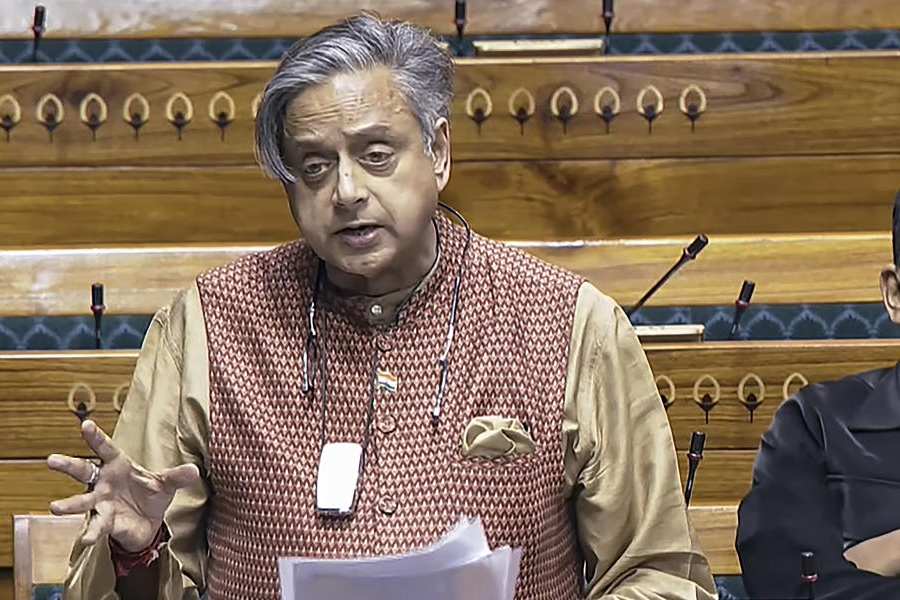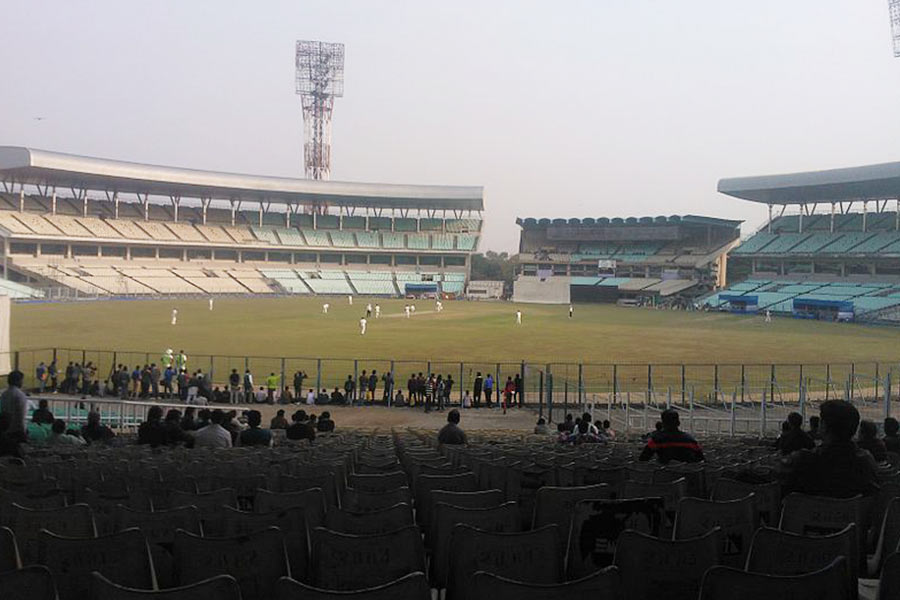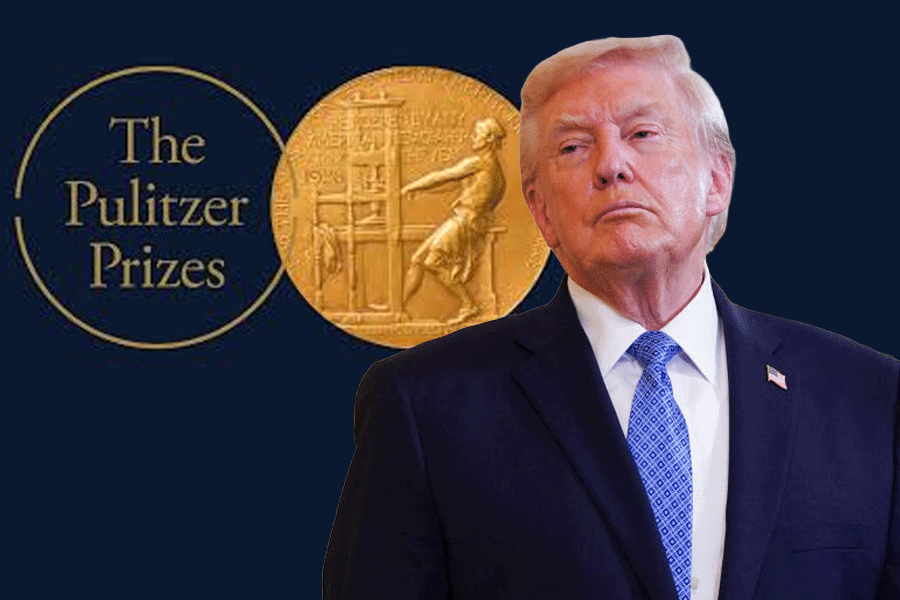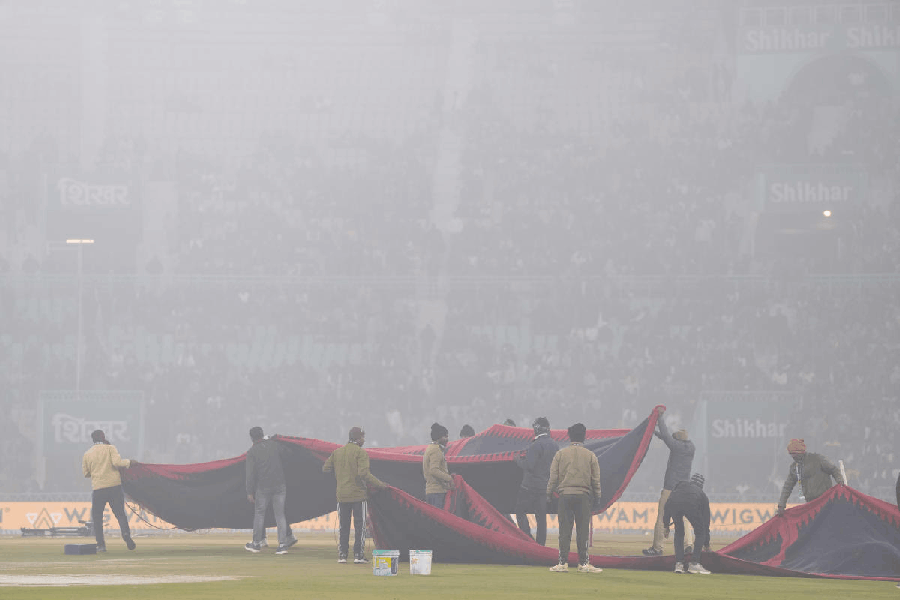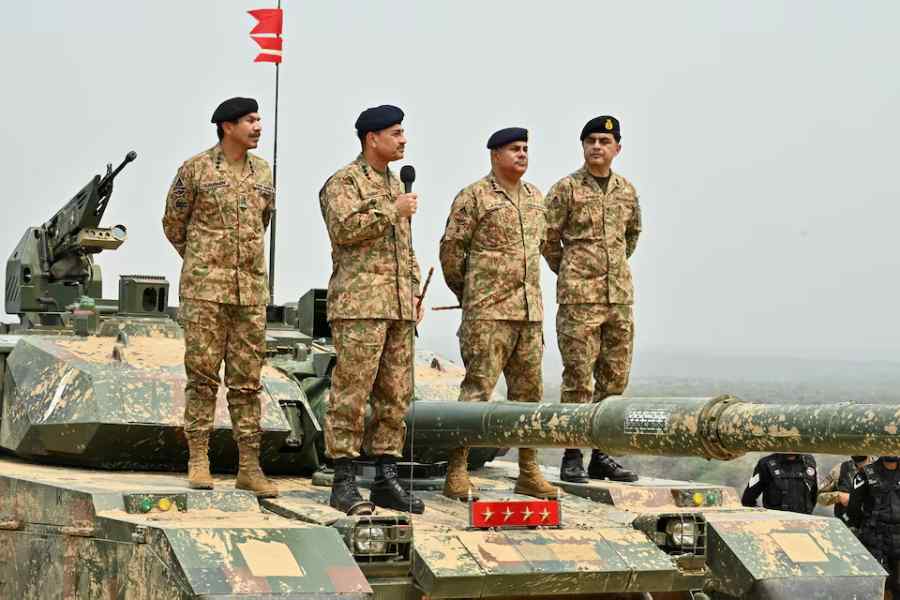 |
 |
| ALL FOR ONE: Sachin, Harbhajan and Virat Kohli with the World Cup. (top) Gary Kirsten being carried by the players |
It’s not easy stepping out of a big brother’s shadow. So while Gary Kirsten took easily to cricket — having spent his childhood at the Newlands Cricket Ground at the foot of the picturesque Table Mountain in Cape Town, where his father was a curator — it was in keeping up with his half brother Peter, an accomplished batsman, that young Gary found a challenge.
“He was known as Peter’s kid brother, but Gary was pretty focused on carving a niche for himself,” says Neil Manthorp, South African cricket writer and broadcaster who collaborated with Kirsten in writing his autobiography Gazza. “He wasn’t a stylish batsman, but he always wanted to be himself and liked to do things in his own way.”
Many years later, when India’s dashing opener Virender Sehwag, another man who leaves his own mark on everything he does, approached Kirsten for advice during a lean phase, the coach kept it simple. “He told me ‘you are such a talented player. Even if you are out for three ducks, you will be there in the team. You should not put yourself under pressure’. He asked me to play freely,” recalls Sehwag.
Team India’s rise to the pinnacle of cricket — No. 1 in Tests, No. 2 in one-day internationals (ODIs) and 2011 World Cup champions — is the stuff of fairytales. It has expectedly led to a host of superlatives being showered on the ‘Men in Blue’ and their charismatic ‘Captain Cool’. And it has triggered a debate on who made the April 2 triumph possible — the students, or their teacher.
The players, of course, have unequivocally acknowledged the role of ‘Guru Gary’ in their victory. When young stars Suresh Raina and Virat Kohli hoisted Kirsten onto their shoulders and paraded him around Mumbai’s Wankhede stadium after the win, it was probably their way of expressing gratitude to the man.
But while the South African — who has returned home since then — was characteristically self-effacing, many stress his role in India’s meteoric rise cannot be underplayed.
 |
“Kirsten set India free,” says South African cricket writer Telford Vice. “After years of being told how and why and what to do, the Indian players were suddenly confronted by a coach who wanted to know how and why and what they wanted to accomplish.”
Kirsten didn’t have a magic wand when he was appointed the Indian team’s coach in late 2007. Coming on the heels of the headstrong Greg Chappell, who was accused of causing a divide between older and younger players, Kirsten took his time to settle down. And when he warmed up, he assured the seniors of their status in the team, while urging them to mentor the juniors.
“These are international cricketers who largely know what to do. A coach can point out weaknesses that might have crept in and offer a solution (not ‘the’ solution). But more than anything else a coach can show the path and create the right atmosphere,” says commentator Harsha Bhogle.
Not surprisingly, many insist Kirsten is the best coach India has ever had. Indeed, India won 16 Test matches and lost six under him, while the ODI team recorded 59 victories and 29 losses. “Bowling was India’s weakest point, but he worked around it and see what he achieved,” exclaims Manthorp.
So was the World Cup victory engineered by Kirsten? “It is the team that makes the coach and not the other way round,” says former Indian captain Bishen Singh Bedi. As a professional, he adds, Kirsten was “expected to deliver”. Madan Lal, 1983 World Cup squad member and a former manager of the Indian team, agrees: “At the end of the day, it is the 11 players who win the matches.”
But the times have changed since 1983, when India first won the World Cup. “The importance of a coach has definitely risen in modern cricket as compared to 1983 when the senior players themselves essayed the coaching role,” says Balwinder Singh Sandhu, one of the heroes of the triumph. “Gary played an important role keeping the team together, setting individual and team goals and pushing players to improve.”
That, says former Australia coach John Buchanan, is the role of a coach: to create a challenging “vision” for a team. “The coach creates an environment that accepts individual differences allowing each person to grow, and so ultimately the team.”
Kirsten did this and more. When the chips were down, he would screen a video of V.V.S. Laxman’s 2001 score of 281, organise motivational talks by explorer Mike Horn or make the team listen to blind children sing the national anthem. “He did things that nobody thought of doing before him. That was Kirsten’s greatest contribution,” says Manthorp.
But it cannot be forgotten that the groundwork was laid by John Wright and Chappell. “Wright introduced professionalism and Chappell blooded the team with youngsters. One shouldn’t lose this perspective while praising Kirsten,” says Kiran More, former India player and chief selector.
Sandhu, in fact, thinks Kirsten was the right man at the right time — though he also gives him some credit for shaping the team. It was, he argues, former captain Saurav Ganguly who moulded the team. “Dada played a big role in changing the attitude of players by not taking shit from rivals and fighting fire with fire.”
But cricket is not just about aggression. “Today’s game demands someone other than the captain to not only manage meetings, training, planning, preparation, media, etc., but to also look into the future and know where he wants to lead the team,” says Buchanan.
One of the biggest certificates that Kirsten earned was a clamour for extending his term. “I have never heard Indian players say a coach should stay back,” says Pat Symcox, Kirsten’s former teammate. “The players were happy to see the back of Wright and Chappell when their terms ended,” says Symcox.
Kirsten’s strength, many hold, was that he helped team members overcome their limitations — like he did for himself. Writer Vice recalls that in the early Nineties, when Kirsten was not in the South African team — but his brother was — he wanted to follow it wherever it went. Since he and his friend Kenny Jackson didn’t have money for a hotel room, they slept on the floor in Peter’s room.
“He had the humility to make the best of his situation then. And this quality, which he still has, has rewarded him,” says Vice.
But the jury is still out on whether India could have won the World Cup without Kirsten. “It’s a talented group of players. They could have done it with a good manager and an inspirational captain like we did in 1983,” says Lal, also citing the example of the Indian team that won the Twenty-20 World Cup in 2007 under manager Lal Chand Rajput soon after Chappell’s exit from the team.
Symcox, however, has no doubt that India wouldn’t have won the World Cup without Kirsten. “He was the one who brought a certain calmness, maturity and consistency to the team. He made the players fearless.”
Former India captain, manager and chairman of selectors, Chandu Borde, has a more nuanced view of Kirsten’s stewardship: “Kirsten deserves credit as he applied the final touches; but he was fortunate to get a very good team.”
In the summer of 2007, Borde was appointed interim manager on India’s tour of England to salvage the wreckage of Chappell’s reign . “There was a lot of bickering among players during Chappell’s tenure. My job was to restore confidence and camaraderie in the team,” he recollects. “Being a father figure, I can say that I succeeded in restoring sanity in the pavilion. The beginning of the revival started from there,” says Borde.
Manthorp sees similarities between the Spanish football team that won the FIFA World Cup in 2010 and the Indian cricket team and their coaches. “Spanish coach Vicente del Bosque and Kirsten let their players be, while they worked in the background.”
However, as More points out, “Let us not forget that India were the favourites in the World Cup. It wasn’t a rag tag team that needed an inspirational coach.”
But Manthorp has the last word. “Knowing Kirsten, he would be absolutely annoyed if somebody were to suggest that he was responsible for India’s win.”
Kirsten may agree with Chappell’s explanation for India’s victory. “Good coach, good players, good infrastructure and good administration led to the win in the World Cup,” says Chappell. Who would have thought it was that simple?


